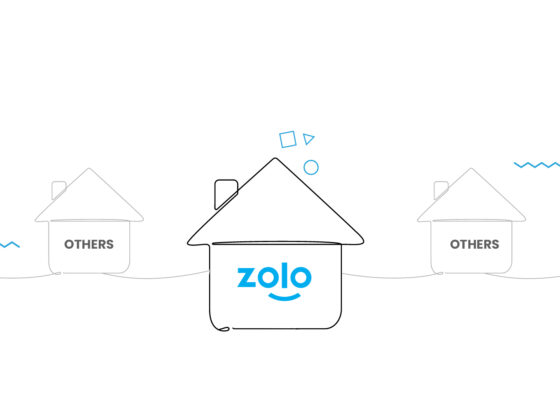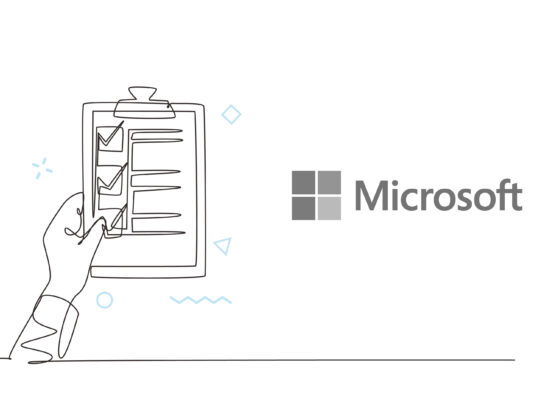Table of Contents

Finding internships can be tough, especially when you’re a fresher and don’t have a lot of experience to showcase. You’ve likely heard the same advice over and over: create a LinkedIn profile, connect with people, apply for jobs. But when you sit down to do it, it can feel like shouting into the void, sending connection requests, scrolling through countless job postings, and wondering if anyone is even seeing your profile.
In 2024, the job market is more competitive than ever, with automation, AI, and tools like ChatGPT creating a vast sea of information and content. The good news? Genuine human connection still stands out. LinkedIn, when used thoughtfully, is one of the most powerful platforms to help you find an internship, build your network, and ultimately, launch your career. This guide will walk you through exactly how to make the most out of LinkedIn as a fresher looking for internship opportunities.
Why LinkedIn is the Best Platform for Finding Internships?
LinkedIn isn’t just another social media platform, it’s the place where recruiters, professionals, and companies actively seek talent, especially freshers who are eager to learn. For companies, LinkedIn is a hub for discovering potential candidates based on their skills, educational background, and network. Many companies have shifted from traditional recruiting methods to active recruiting through platforms like LinkedIn because it gives them a direct line to potential hires.
So why is LinkedIn your best bet for finding internships?
- Professional Networking: LinkedIn’s core function is to connect people in a professional context. Every connection you make increases your chances of being noticed by companies looking for interns.
- Direct Access to Recruiters: Many job postings on LinkedIn allow you to see who the hiring manager is and sometimes even message them directly. This gives you a huge advantage if you know how to approach them correctly (more on this later).
- Visibility: Regular activity on LinkedIn, whether it’s sharing posts, commenting on others’ content, or engaging in discussions, keeps you visible to your connections and potential employers.
Related Blog – 15 Interview Tips for Freshers: Your First Step into the Professional World
Setting Up a Powerful LinkedIn Profile
Before you start networking or applying for internships, your LinkedIn profile needs to be optimized to showcase your skills, passion, and potential. Think of it as your online resume—but better, because LinkedIn gives you the opportunity to show more than just bullet points on a page.
1. Professional Headline and Summary
Your headline and summary are the first things people see when they land on your profile. Instead of just writing “Student at XYZ University,” get more specific. Use this space to explain what you’re looking for.
A good example might be: “Engineering student passionate about AI and machine learning | Seeking internships for 2024”. This immediately tells recruiters your focus and goals.
In your summary, don’t just list your qualifications, tell a story. Why are you interested in this field? What motivates you? Be authentic. Even though it’s a professional platform, genuine passion stands out.
2. Highlight Relevant Experience
Even if you don’t have formal work experience, that doesn’t mean you have nothing to show. Include volunteer work, extracurricular activities, and academic projects that demonstrate your skills. You’re not just selling experience—you’re selling your potential.
For those who are unsure how to position their experience, check out How to Write a Resume for Freshers: Tips and Templates for detailed guidance.
Building and Expanding Your LinkedIn Network
Once your profile is set, it’s time to build your network. This can feel awkward, especially if you don’t know many professionals in your field yet. But here’s a secret: most professionals are open to connecting with freshers, especially if you approach them in the right way.
How to Build a Strong Network:
- Start with people you know: Connect with classmates, professors, and alumni from your university. These people can help introduce you to their networks, and you’ll find that many are eager to help freshers get started.
- Join LinkedIn Groups: Look for groups related to your field or industry. Being active in these groups can help you meet new people and learn about internship opportunities that aren’t always publicly advertised.
- Send Personalized Connection Requests: Instead of just clicking “Connect,” always include a brief note explaining why you want to connect.
For example: “Hi [Name], I’m a final-year student at [University] studying [Field]. I’ve been following your work on [Topic] and would love to connect and learn more about your insights in the industry.”
Being genuine and respectful in your approach makes a big difference. Remember, this is about building relationships—not just collecting connections.
Using LinkedIn’s Job Search Features to Find Internships
LinkedIn has robust search filters that can help you target specific industries, locations, and types of internships. Here’s how to make the most of these features:
1. Use Job Filters: Filter by “Internships” under the job search section to narrow down your options. You can also set up job alerts for internships in specific fields or locations.
2. Apply with Ease: Some listings allow you to apply directly via LinkedIn’s “Easy Apply” feature. Use this to your advantage, but make sure your resume and cover letter are tailored to the specific internship.
3. Reach Out to Recruiters: Many job postings will show the recruiter’s name. Take this opportunity to send a thoughtful message. Express your interest in the role and mention something specific about the company or position. For more help on cold messaging, read How to Get an Internship with No Experience.
Showcase Your Work and Share What You Are Learning on LinkedIn
In today’s world, where tools like ChatGPT are creating content faster than ever, authenticity and human connection are critical. This is where you can really set yourself apart.
Be Active and Genuine:
Regularly sharing updates on what you’re learning, your personal projects, or even challenges you’re facing makes you visible to recruiters and helps you build connections. Remember, recruiters aren’t just looking for skills—they’re looking for personality, passion, and potential.
When commenting on posts, avoid being too direct or asking for internships outright. Instead, try something like: “I really enjoyed your recent post about software engineering trends. I’m currently learning Python, and your insights were very helpful!” Genuine comments can spark real conversations, and before you know it, you’ve built a valuable relationship.
The More Active You Are, The More You Get Noticed:
Posting regularly, engaging with others’ content, and staying active in discussions will increase your visibility on LinkedIn. People, especially recruiters and hiring managers, will notice consistent, thoughtful activity.
Conclusion: It All Starts with a Profile
Finding an internship on LinkedIn isn’t just about sending connection requests or applying for jobs, it’s about building a professional presence. Start with an optimized profile, expand your network, engage authentically, and showcase what makes you unique. Stay active, be patient, and remember: opportunities will come your way when you put in the time and effort.
Ready to land that internship? Start by following these steps and watch your LinkedIn presence and career grow.










